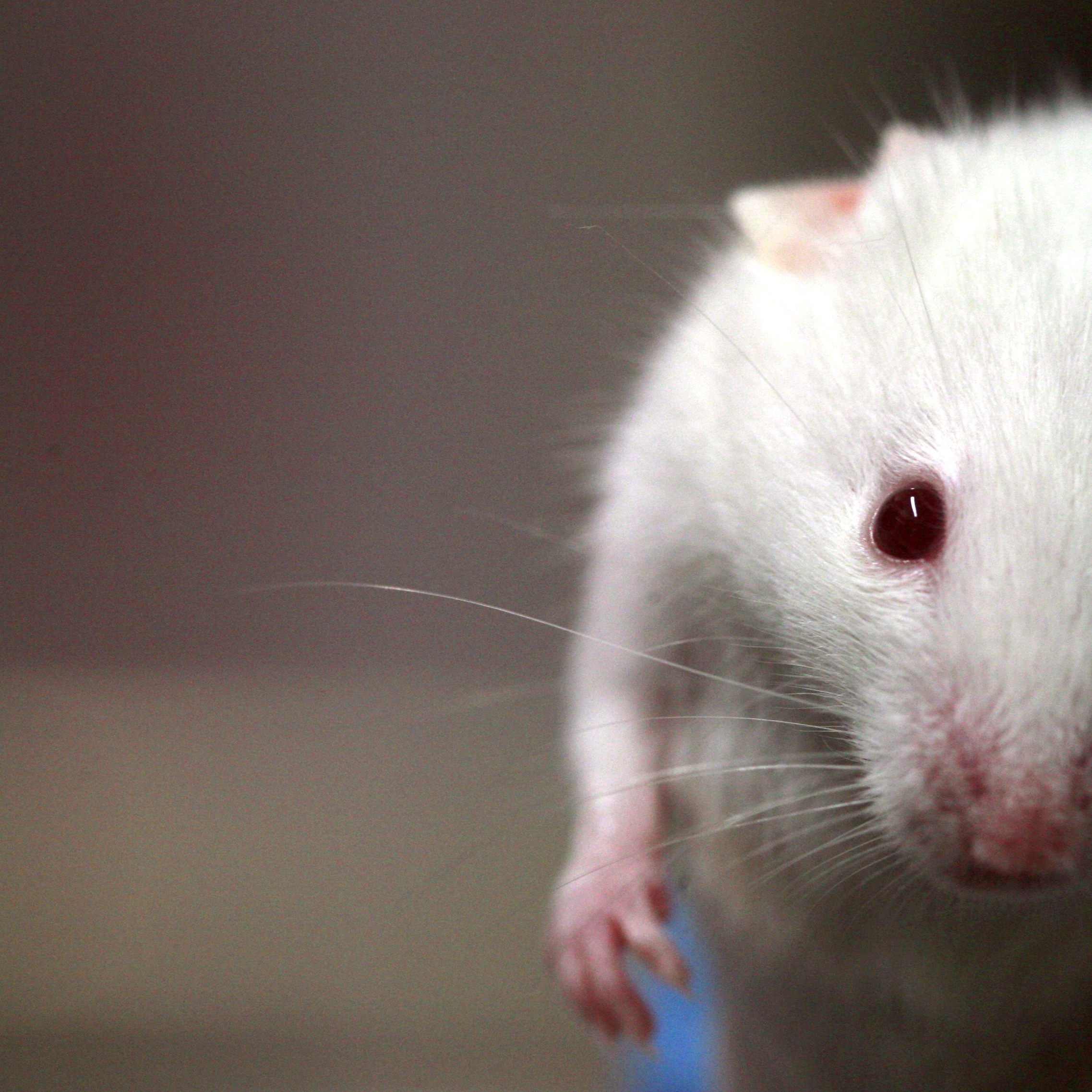When a mouse is placed in a cage with a wheel, why does it choose to run?
Does the mouse enjoy running, and do so unconditionally? Or is this running a habituated or stereotyped activity that it develops in captivity? Does the mouse run because there is simply nothing better to do? Are they just curious by nature?
The inquisitive nature of scientists inevitably drove a few to investigate these questions by placing running wheels out in the wild.
Johanna H. Meijer and Yuri Robbers, two neurophysiologists from the Netherlands, carried out a field study like no other. The group placed running wheels in two locations inhabited by feral mice—a green urban area and a remote dune area—and recorded the activity at these wheel sites for over three years.
The running wheels had diameters of 24 cm and were placed in a cage-like apparatus with a food tray. The apparatus was designed to allow for the easy entry of animals up to the size of a rat.
According to Meijer and Robbers’ report, “Wheel running in the wild,” published by Proceedings of the Royal Society B, animal visits were recorded by a camera equipped with night vision. A passive infrared motion detector allowed the camera to capture every animal visit to the site. Infrared light, which is invisible to mice and does not interfere with motion detection, was used for visibility at night.
Over the three-year period, the sites recorded more than 200,000 animal visits. From the recordings, 12,000 video fragments in which wheel movement was observed were analyzed. This wheel motion was detected using a magnet on the wheel and a magnosensor, which detected the magnet as it passed on each revolution. Cases where wheel motion was caused by external animal action were excluded.
In the first two years of the experiment, mice accounted for about 72 per cent of urban animal site visits and about 91 per cent of visits to the dune site.
“When I saw the first mice, I was extremely happy,” said Meijer at the Leiden University Medical Center. “I had to laugh about the results, but at the same time, I take it very seriously. It’s funny, and it’s important at the same time.”
Shrews, rats, slugs, snails, and frogs also caused wheel movement. Snail movement, however, was not directional, and was not included in the analysis.
The frogs bounded and the mice ran. In fact, the mice only ever ran; they were never observed walking slowly within the wheel. The mice ran for more than one minute in 20 per cent of the cases, with the longest single bout of mouse running being 18 minutes.
Meijer told the New York Times that Konrad Lorenz—who studied animal behaviour and is viewed as one of the “founders of modern ethology”—once wrote in a letter that some of his caged rats had run away, only to later “return to his garden to use the running wheels placed there.” However, this was just a sentence in passing, and voluntary wheel running had not yet been tested.
According to Meijer and Robbers’ report, some animals seemed to have unintentionally used the wheel, but most mice, along with some shrews, rats, and frogs, were seen to leave the wheel and re-enter it within minutes, which is indicative of voluntary and intentional behaviour.
To study voluntary wheel running without external reward or incentive, the group stopped providing food at the urban site for more than a year. The number of visits to the site decreased; however, the amount of wheel running, expressed as a fraction of total site visits, increased by 42 per cent. This indicates that the presence of an external reward was not a major influence on the wheel running of mice.
Although the mice ran without an external reward, they may be experiencing an underlying intrinsic reward, an internal gratification for wheel running. The results of the experiment find that it does not entirely fit to define wheel running as a stereotypy, a behaviour found only in captive animals.
Despite the fact that wheel running fits the stereotypy criteria of being invariant, repetitive, and absent of goal and function, wheel running is reactive to external stimuli and occurs outside of captivity, confirming that there is more to wheel running than being a cure to boredom.
Feral mice like running; they find it enjoyable and rewarding, and voluntarily engage in it. Exercise helps protect against several diseases and disorders, and has been shown to stimulate neurogenesis, the formation of new neurons, in mice.
It’s possible that wheel running triggers physiological benefits – or maybe mice, like some humans, simply exercise because it feels good.
The article itself is open access, and is available, along with supplemental videos of wheel running, at Proceedings of the Royal Society B.

